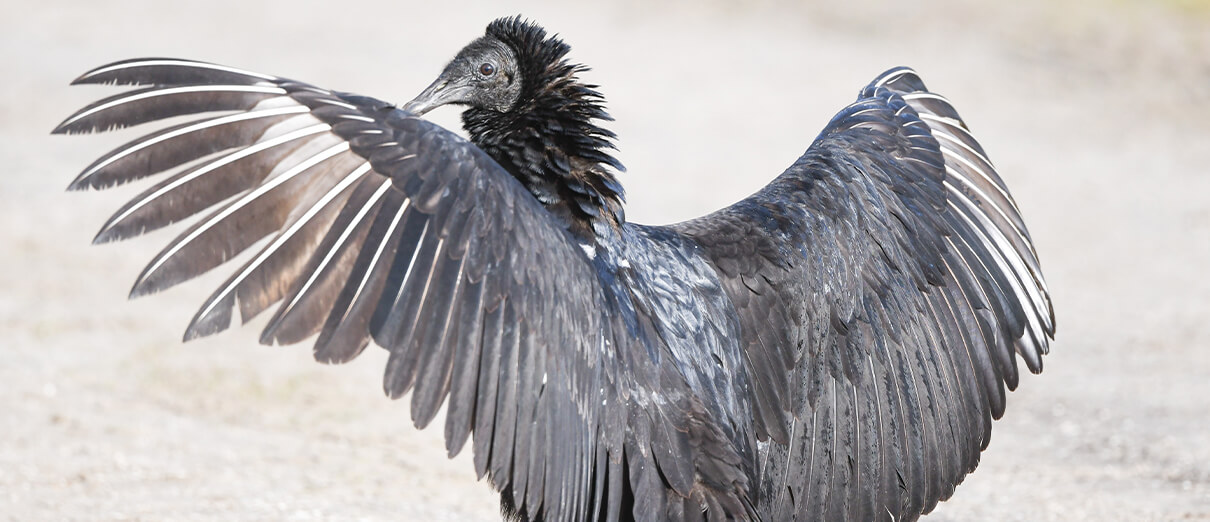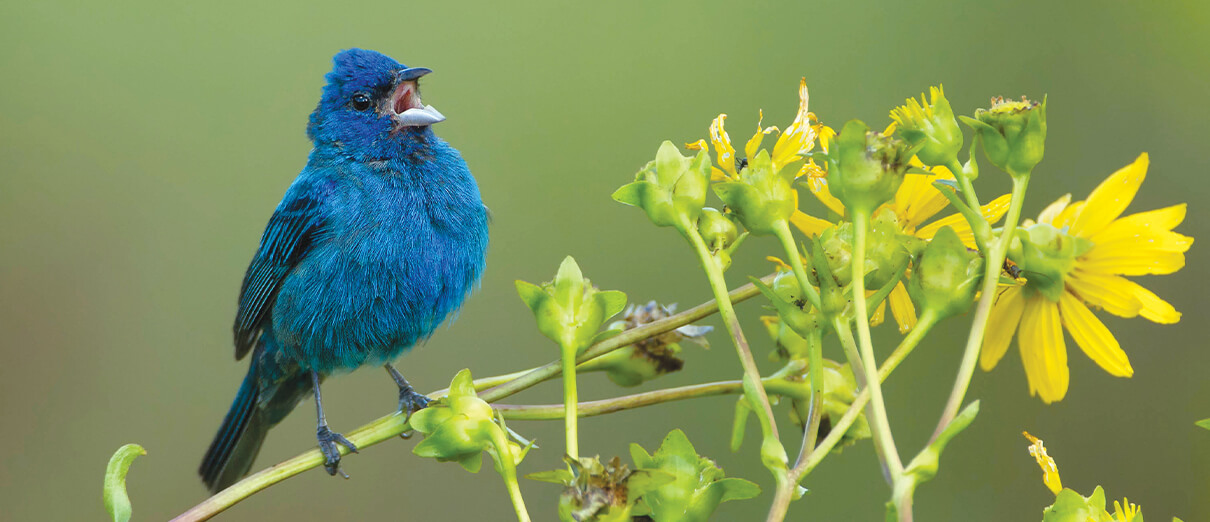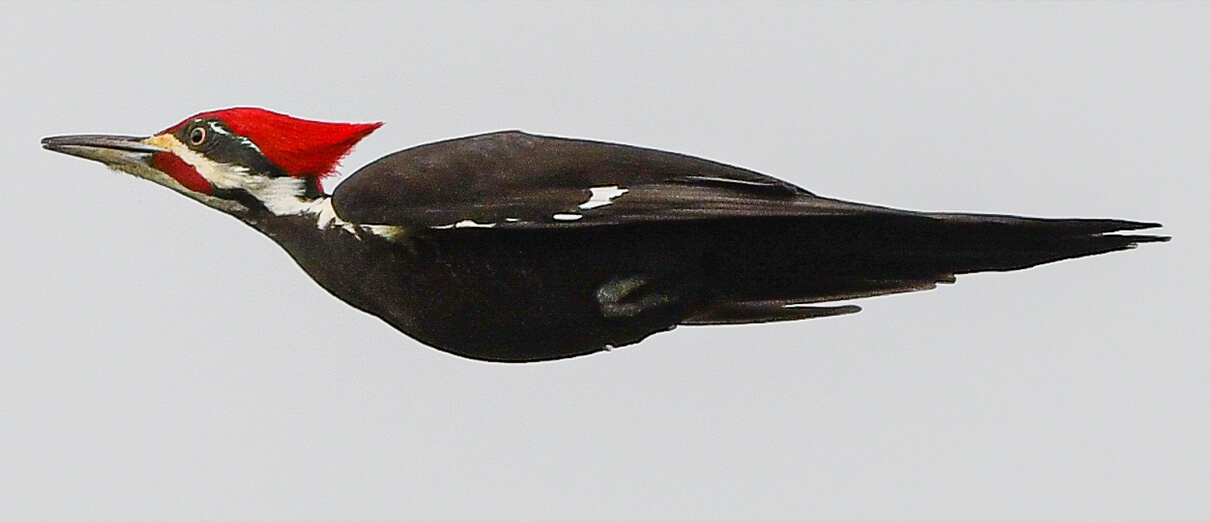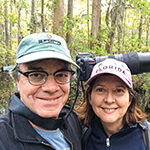Embracing the Role of Bird Ambassadors…No Matter the Question
Smack in the middle of bustling Washington, D.C., near the highest elevation of the city's Rock Creek Park, lies a clearing that's proven to be a prime spot to see migratory birds.
At dawn every spring morning, some of the country's best birders sit here, along a stone wall, sharing their wisdom with anyone who happens along. These veterans are beyond generous, throwing out identifications with the glimpse of a flight pattern or silhouette. Lucky for us, this became our birding classroom each migration season while we lived nearby.

Black Vulture by Anders Gyllenhaal
We've been thinking about that experience as we've pondered some questions we believe are more crucial than ever: What's the best way to make progress as a birder? What helps move you from novice to intermediate, from backyard birder to one who takes birding vacations? And how can we welcome anyone interested in nature to learn what we're seeing?
The way of birding is definitely a path, and ours started with simple curiosity about what we were seeing on weekend trips to the Blue Ridge Mountains and Maryland's Eastern Shore. We'll never forget our first encounter with a Pileated Woodpecker or the time we stumbled upon an Indigo Bunting singing in a field filled with wildflowers. In the early days, we once followed a flock of vultures for half an hour, wondering if they might be some type of unusual hawk.
Not long after, we registered for a beginner's bird walk. Our leader pointed out species we didn't know existed and gave us a peek through his powerful binoculars. The world of birds came into focus for the first time, and that changed everything.
We started to work on our “life list” and began running into other birders. Not all were welcoming or gracious when faced with our glaring inexperience. Very quickly, we began to understand how hard it can be to share the trail. Train your binoculars on a Prothonotary Warbler in song, and someone is bound to shout: “What are you looking at?” Well, now nothing.
And yet, we came to a realization as we gradually learned to distinguish calls, understand birds' life-cycles, and embrace the wonders of migration: Most of the progress we've made has come from other birders sharing their wisdom and passion with us.

Indigo Bunting by Agnieszka Bacal/Shutterstock
That brings us to spring migration 2020 and the coronavirus pandemic. As our spring and early summer birding trips got cancelled, we started seeing some surprising headlines: “You Have No Choice but to Become a Backyard Birder,” declared Slate magazine. “The Pandemic Might Turn Us All into Birders,'' proclaimed Toronto's Globe and Mail.
As more media outlets published fresh stories touting the wonders of birding for reducing quarantine anxiety, thousands responded.
Checklists on Cornell's eBird app jumped 50 percent in the U.S. during the pandemic's first weeks alone. Our own friends and relatives — the same folks whose eyes used to glaze over when we'd talk about birds — started asking us for advice on binoculars, feeders, and guidebooks.
Suddenly, nobody could go birding, yet everybody wanted to be a birder. The pandemic birding boomlet was playing out on the heels of the prior year's front-page headlines for birds highlighting the depth of their decline. The journal Science's heartbreaking revelation that more than a quarter of the hemisphere's breeding bird population has been lost in the last 50 years was published just weeks before the National Audubon Society's study on climate change's expected impacts on birds.
We're all looking for ways to respond to these startling findings, and organizations from ABC to the National Audubon Society offer a full set of mediating strategies.
But how are individual birders supposed to respond to this news, the good and the bad? We think one way is to “up our game” on how we handle ourselves on the birding trails. Will we capitalize on this moment to boost our ranks, or will we be so focused on getting back to the game that we hide behind the nearest tree at the sight of novitiates? There seem to be so many good reasons why we should take newcomers under our wing and encourage inclusion in our hobby to everyone interested in the natural world.

Pileated Woodpecker by Anders Gyllenhaal
An opportunity of this magnitude to build support might not come again. The more birds you see and the more you know about them, the more you care. Every beginning birder who starts down the birding path stands a good chance of becoming a future conservationist.
This brings us back to those generous birders in Washington's Rock Creek Park. That's the model we hope to follow ourselves, embracing the role of ambassadors, no matter the question. Everyone, regardless of expertise or background, can share their passion.
We think it's one of the best things we can do for the future of birds.
 | Anders and Beverly Gyllenhaal are veteran journalists who've worked at a string of newspapers from The Miami Herald to the Minneapolis Star Tribune. They spend more than half their time these days traveling the U.S. and writing about birds. |


















































